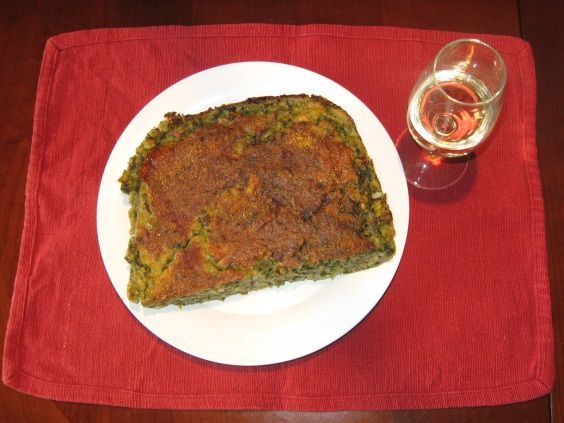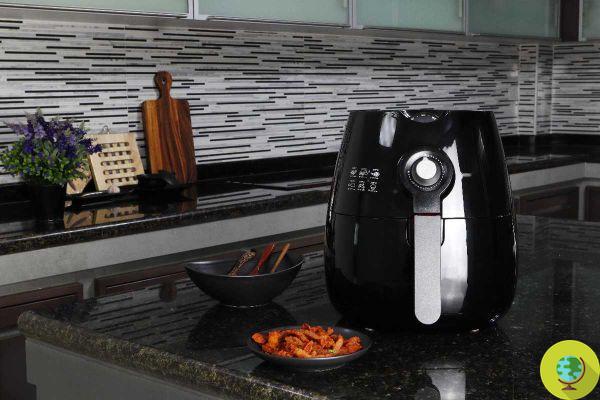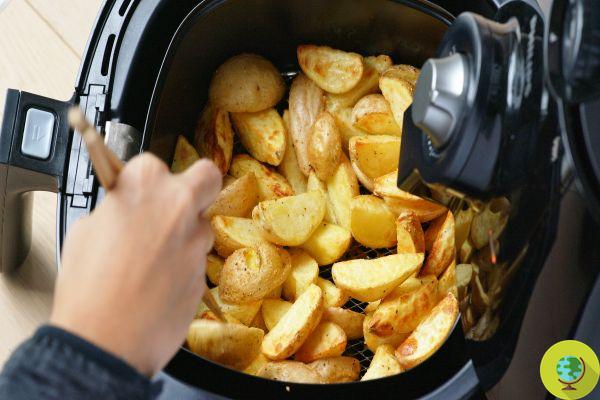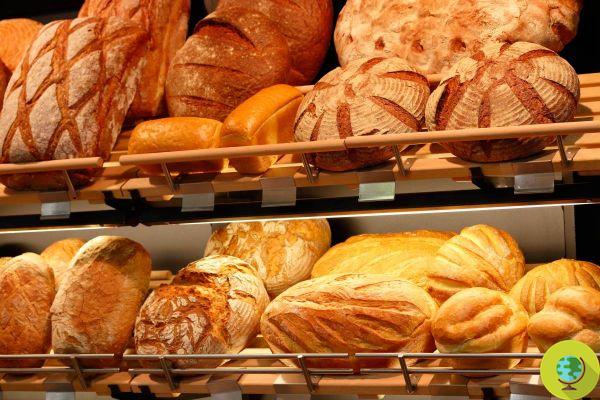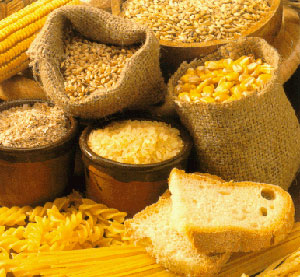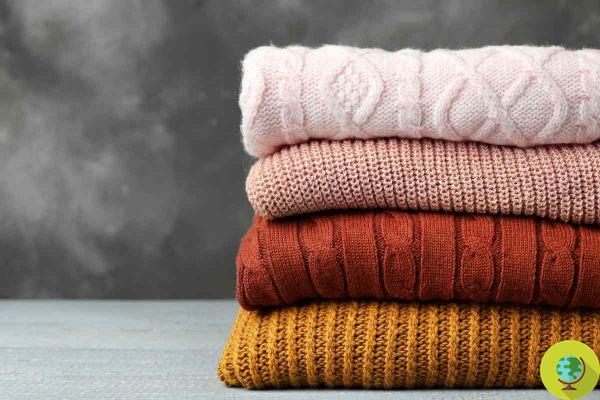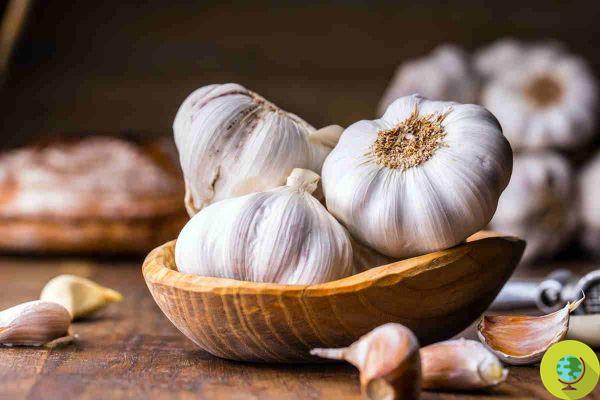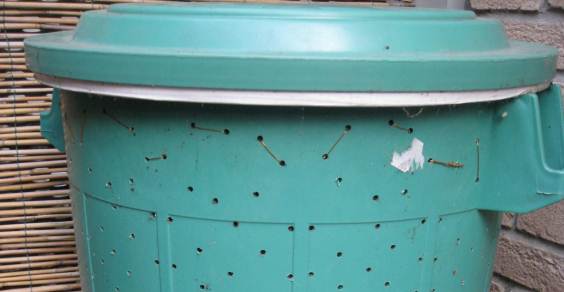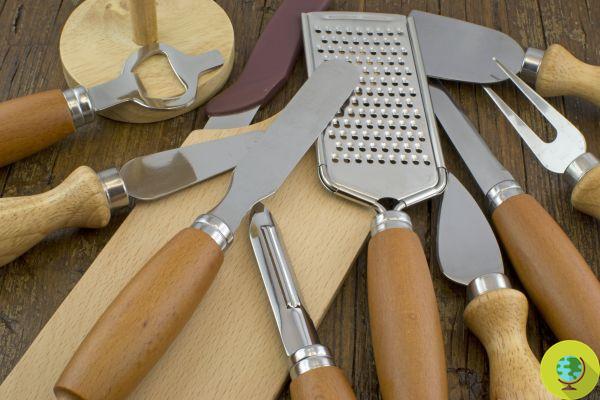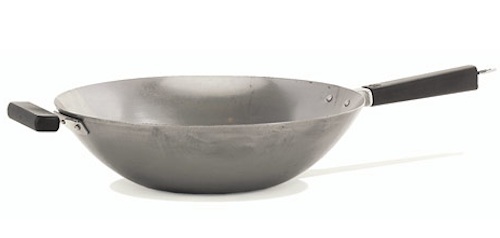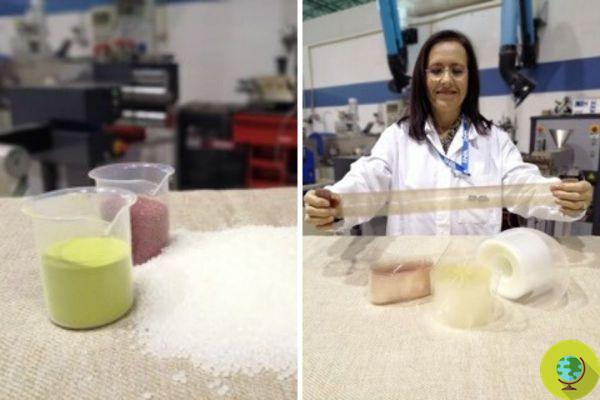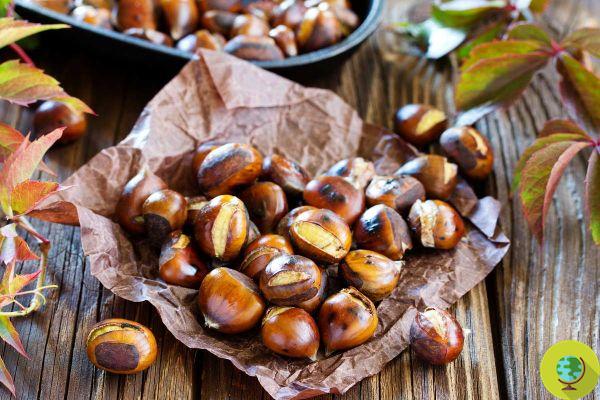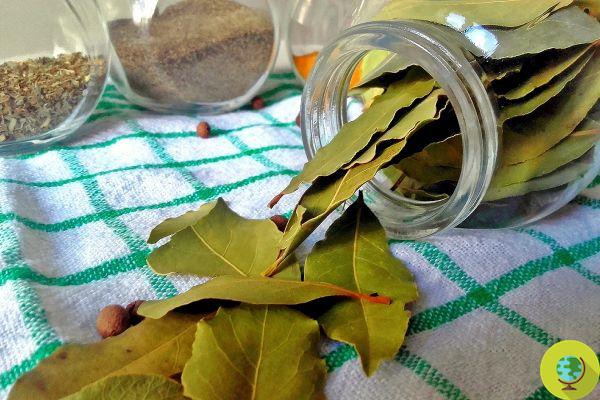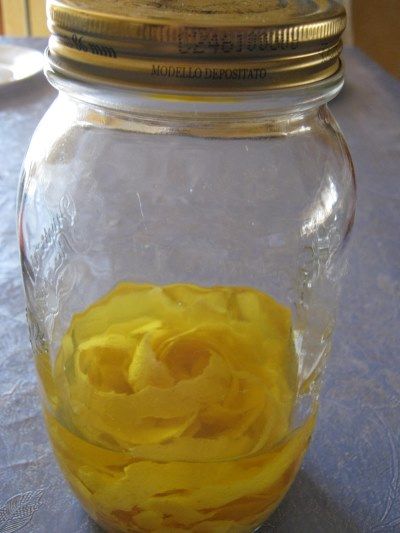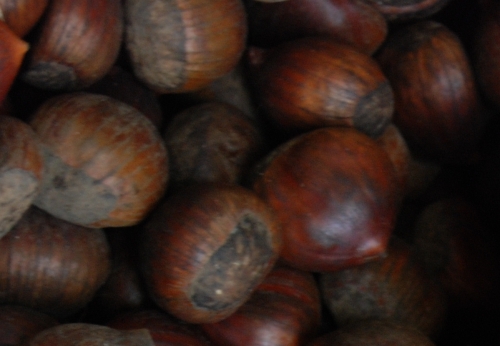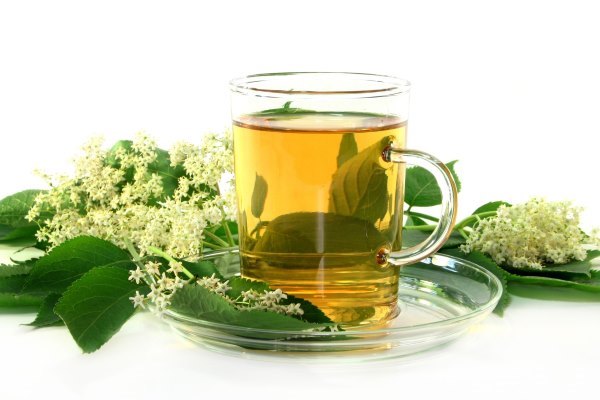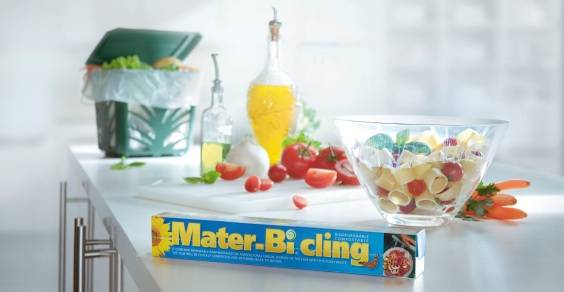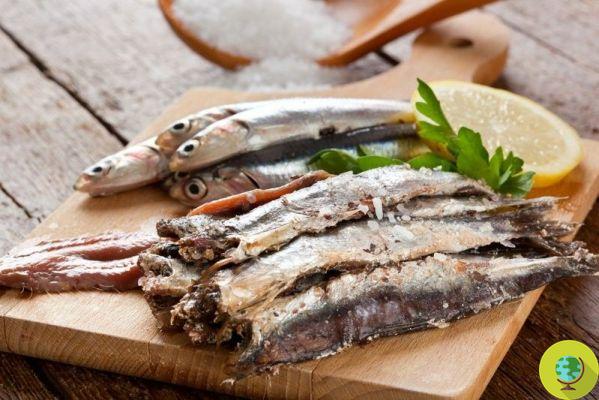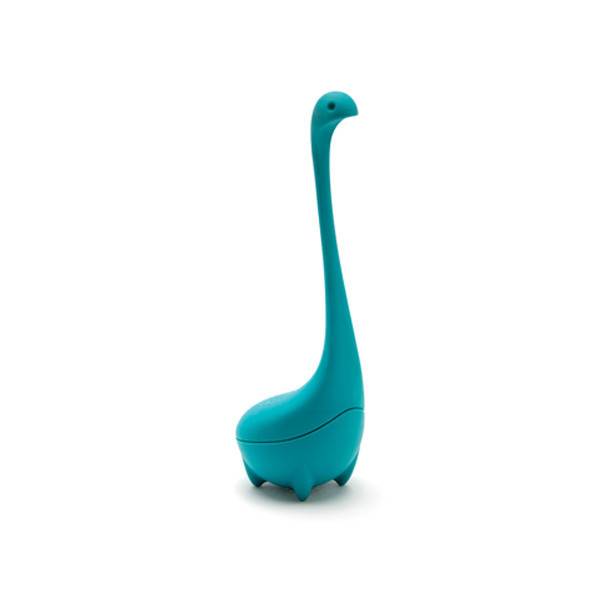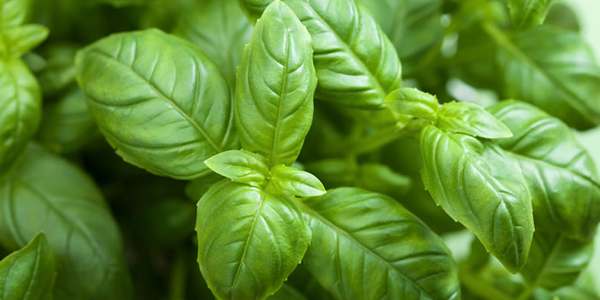Plastic bags and cling film are among the most popular tools for freezing food. However, there are less expensive and more environmentally friendly options. In fact, the plastic bags and cling film are disposable and are thrown away immediately after the food has been frozen.
He is about to end up run over, his mother saves him
Bags of plastic and cling film are among the most popular tools for freezing food. However, there are less expensive and more environmentally friendly options. In fact the plastic bags and the cling film are single use and are thrown away immediately after the food has been frozen.
Many people also prefer to avoid or at least limit the contact of plastic with food. And, in general, we all want to be more environmentally conscious and try to produce less waste in our homes. Freezing is one of the most effective methods of preserving food, both for maintaining nutrients and for trying to reduce household food waste.
The main downside to freezing It is given the amount of waste it can produce, especially in families who have a large freezer in their home and use it a lot. Sometimes i plastic bagsmoreover, they risk retaining air, a condition that may not guarantee optimal food preservation.
From this point of view the main remedies are represented by vacuum-packed containers. It is reusable containers over and over again that more and more often for the freezer are proposed Glass. If the lid is plastic, just be careful so that the food to be frozen does not come into contact with it, especially if you fear the presence of bisphenol A, even if it is hoped that the plastic elements designed for contact with food and to be reused several times are subjected to numerous checks and are really safe.
One of the best solutions for freezing, which helps reduce waste and food contact with plastic, is represented by glass containers with silicone vacuum lids which is suitable for possible contact with food and low temperatures. The plastic lids of some glass containers could be replaced with safer silicone alternatives.
In addition, some companies around the world have begun to produce glass containers for freezing with 100% stainless steel lids, precisely to respond to the demands of consumers who wish to reduce the use of plastic in contact with food and limit waste.
You can also go in search of glass containers, similar to large jam jars, with a wide mouth and hermetically sealed lid, specially designed for freezing. Abroad they are famous under the name of Mason Jars. In choosing the glass, however, attention must be paid to the conservation of liquids which requires taking into account their expansion. Some space must be left to allow the glass containers not to break.
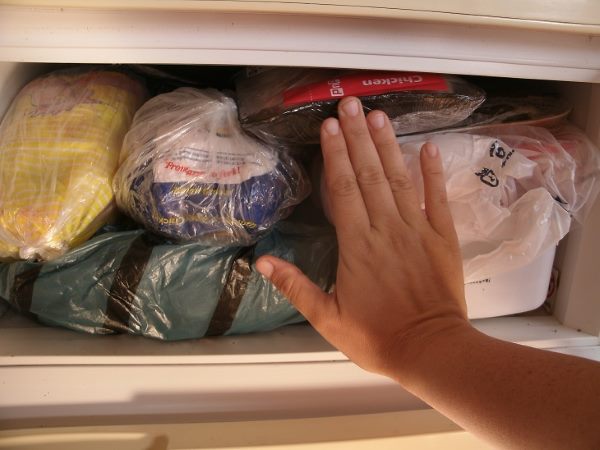
Another option to reduce waste is the reuse of containers suitable for frozen foods for sale. You may have some lidded trays left over from a frozen food you bought and have consumed by now. Think, for example, of commercial freezing containers made of waxed cardboard and not ordinary plastic.
Other alternatives to avoid plastic in contact with food are represented by baking paper and from waxed food paper from gastronomy. They can be useful for wrapping solid foods divided into various portions, perhaps to be inserted later in a larger container.
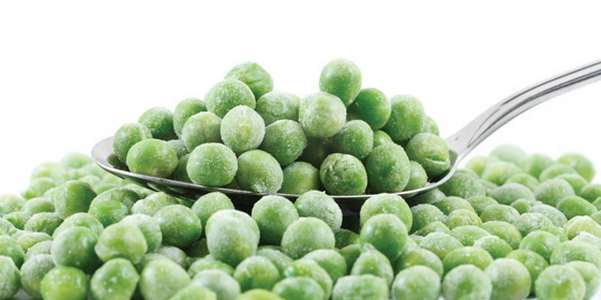
Sometimes, those who want to avoid plastic choose thealuminium sheet for wrapping food. In this case, the good news is that aluminum is XNUMX percent recyclable, even if it has some food residue, unlike single-use plastic freezer bags, which are disposable. The aluminum foil, however, breaks quite easily and to cover and wrap the food well you need several layers.
There are also those who choose the aluminum trays with cardboard lids for storing food in the freezer. This is not always an economical solution, so you might think about washing and reusing them several times.
Those who prefer avoid contact with both aluminum and plastic, perhaps for reasons of allergy, could probably opt, as the best choice, for i glass containers with silicone lids that are safe and approved for contact with food and storage in the freezer. Glass jars are also fine, but in this case it is essential with liquids (such as broth or sauces) to avoid filling them completely to avoid the risk of the jar breaking.
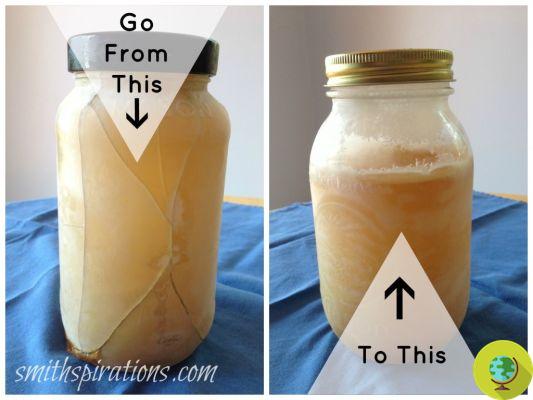
Marta Albè
Read also:
10 tips and tricks for freezing fruit and vegetables Freezer: how and when to defrost the freezer



